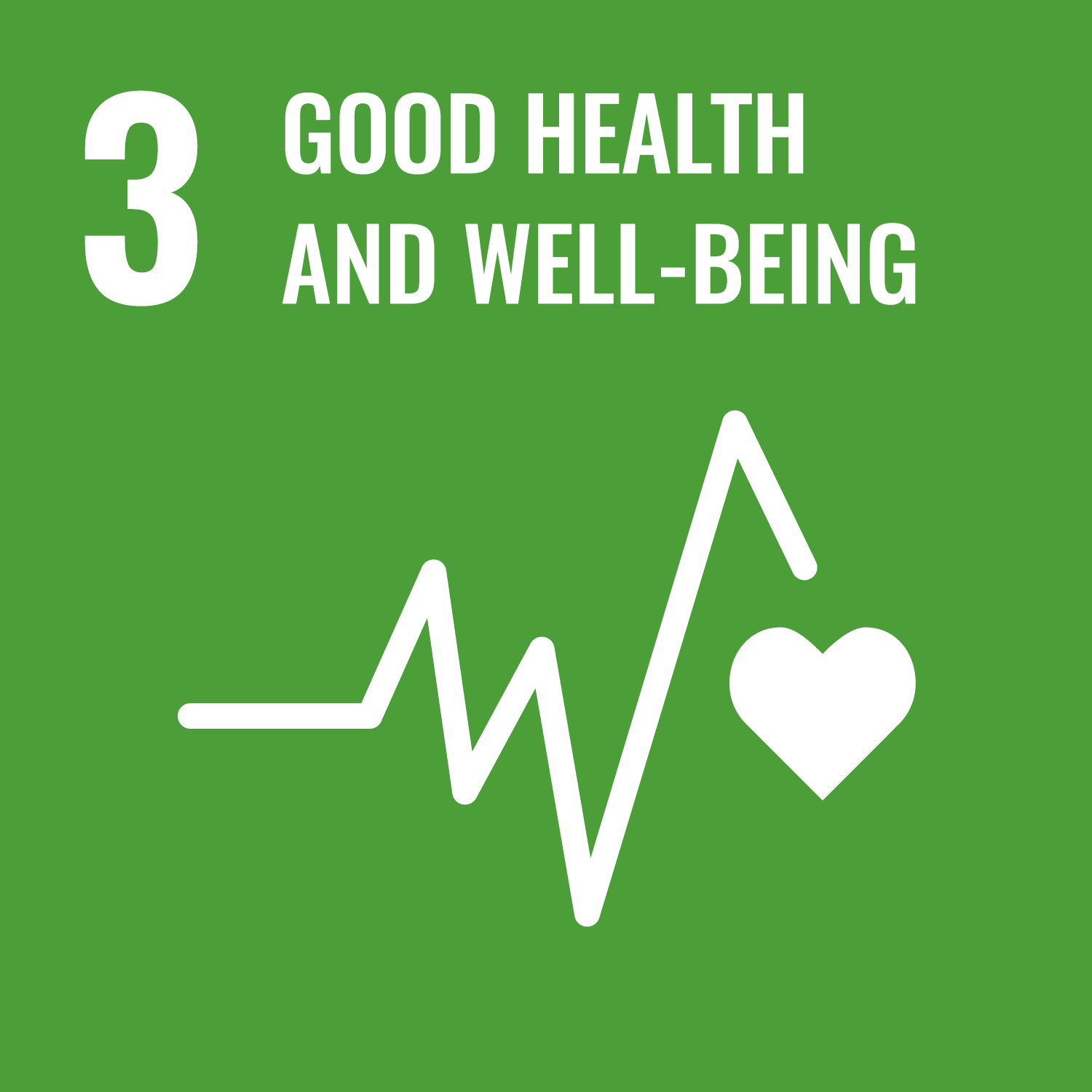Theodoulou, E., Martin, C., Morgan, J. et al. (50 more authors) (2025) Variation in bone health management in older women with breast cancer: a secondary analysis of the age gap study. Journal of Geriatric Oncology, 16 (7). 102315. ISSN: 1879-4068
Abstract
Introduction: Physiological age-related bone loss is common, with 50% of women aged ≥80 having osteoporosis. Bone loss is exacerbated in women receiving aromatase inhibitors (AIs) for early breast cancer (EBC), increasing fracture risk. This study explored the management of bone-health in older women (≥70 years) with EBC and factors influencing clinical decision-making.
Materials and Methods: This was a sub-study of a larger United Kingdom multicentre observational study into practice variation and outcomes in older women (≥70) with EBC (Age Gap study). Participants were aged ≥70 years with EBC; data were collected on health status, treatments, and outcomes. This sub-study focused on patients recruited at five hospitals, where more detailed data on bone health and management were collected for women with ER + ve (oestrogen receptor positive) cancers who received adjuvant or primary endocrine therapy treatment. We aimed to determine factors influencing treatment selection and outcomes in this age group.
Results: The main Age Gap study recruited between 2013 and 2018. In this sub-study, 565 patients had ER + ve cancers, of whom 529 (93.6%) received AIs and 26 (4.6%) tamoxifen. The median age of participants was 77 years (70–98 years). A baseline dual energy x-ray absorptiometry (DEXA) scan was performed in only 354/529 (67%) of the AI group. Bisphosphonates were prescribed for 226/529 (43%). Baseline DEXA scans were more likely to be requested if patients were fit for surgery and were < 80 years old. Of those scanned (n = 354), 148 (42%) were osteopenic and 64 (18%) osteoporotic. Bisphosphonate prescription was associated with younger age (<80 years old) (p = 0.02). From recruitment to 2022, fractures were diagnosed in 23% of participants (122/529), of whom only 38% (46/122) had received prior bisphosphonates. Frailty or prefrailty (Rockwood scale) were present in 94% (431/461), but there was no correlation between frailty and baseline hip (r<sup>2</sup> = 0.0098) or spine (r<sup>2</sup> = 0.00007) T-scores. Rates of DEXA scanning varied between centres from 36% to 76% (p < 0.001) for unknown reasons.
Discussion: Age and general health influenced bone-health management decision-making, but there was considerable variation between centres, highlighting the need for standardised bone-health care for older women with EBC.
Metadata
| Item Type: | Article |
|---|---|
| Authors/Creators: |
|
| Copyright, Publisher and Additional Information: | © 2025 Elsevier Ltd. |
| Keywords: | Aromatase inhibitors; Bisphosphonates; Bone health; Breast cancer; DEXA; Older age; Humans; Female; Aged; Breast Neoplasms; Aged, 80 and over; Aromatase Inhibitors; Bone Density Conservation Agents; Diphosphonates; United Kingdom; Tamoxifen; Osteoporosis; Antineoplastic Agents, Hormonal; Bone Density; Clinical Decision-Making; Absorptiometry, Photon |
| Dates: |
|
| Institution: | The University of Sheffield |
| Academic Units: | The University of Sheffield > Faculty of Medicine, Dentistry and Health (Sheffield) > School of Medicine and Population Health |
| Funding Information: | Funder Grant number National Institute for Health and Care Research RP-PG-1209-10071 DEPARTMENT OF HEALTH AND SOCIAL CARE UNSPECIFIED NATIONAL INSTITUTE FOR HEALTH RESEARCH NONE NATIONAL INSTITUTE FOR HEALTH RESEARCH UNSPECIFIED |
| Depositing User: | Symplectic Sheffield |
| Date Deposited: | 24 Sep 2025 11:41 |
| Last Modified: | 24 Sep 2025 11:41 |
| Status: | Published |
| Publisher: | Elsevier BV |
| Refereed: | Yes |
| Identification Number: | 10.1016/j.jgo.2025.102315 |
| Related URLs: | |
| Sustainable Development Goals: | |
| Open Archives Initiative ID (OAI ID): | oai:eprints.whiterose.ac.uk:232163 |


 CORE (COnnecting REpositories)
CORE (COnnecting REpositories) CORE (COnnecting REpositories)
CORE (COnnecting REpositories)